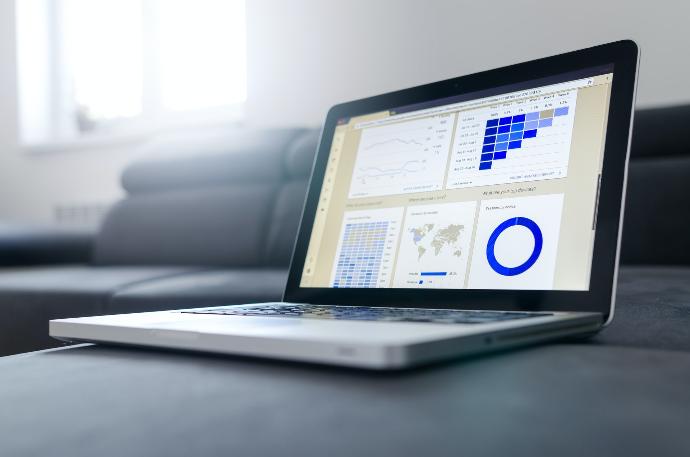
Data Visualization
Why is data visualization important?
Because of the way the human brain processes information, using charts or graphs to visualize large amounts of complex data is easier than poring over spreadsheets or reports. Data visualization is a quick, easy way to convey concepts in a universal manner – and you can experiment with different scenarios by making slight adjustments.
Data visualization can also:
• Identify areas that need attention or improvement.
• Clarify which factors influence customer behavior.
• Help you understand which products to place where.
• Predict sales volumes.

BI Benefits
BI Reporting is the necessary prerequisite of analysis; as such, it should be viewed in light of the goal of making data understandable and ready for easy, efficient, and accurate analysis.
Collecting and presenting data ready to be analyzed, including historical data that can be tracked over time.
Empower end-users with the knowledge to become experts in their area of business.
Having the underlying figures to back up actions and explain decisions.

BI Strategy
Business intelligence can boost performance and create competitive advantages for companies. Here are seven steps to take in implementing an effective BI strategy.
1. Start where you are on BI and analytics
2. Get your house in order on security, privacy, governance and compliance.
3. Think of IT and BI teams as shopkeepers, not gatekeepers.
4. Don't race to the top on BI tools.
5. Incorporate collaboration into BI systems to spur business actions.
6. Build a BI community of practice among business users.
7. Look beyond basic BI capabilities.
BI KPI
A KPI report allows business leaders to quickly and easily review and analyze key performance indicators (KPIs) and thereby know how their organization is performing against specific strategic goals. These insights lead to actions and better business results.
BI Dashboards
Best-in-Class Dashboards…
A well-designed dashboard benefit everyone…
Dashboards are essential to modern business. While needs vary across industries and organizations, often dashboards can be unclear, poorly formatted, or trying to accomplish too many things.
Four Examples to learn how to create dashboards that: -
1- Measure long-term, big-picture strategy with high-level KPIs and predictive analytics.
2- Monitor current conditions with visualizations that show what, where, and when activity occurs.
3- Track progress towards goals through interactive design, unveiling key insights.
4- Drive better decision-making by reviewing internal data against external sources.